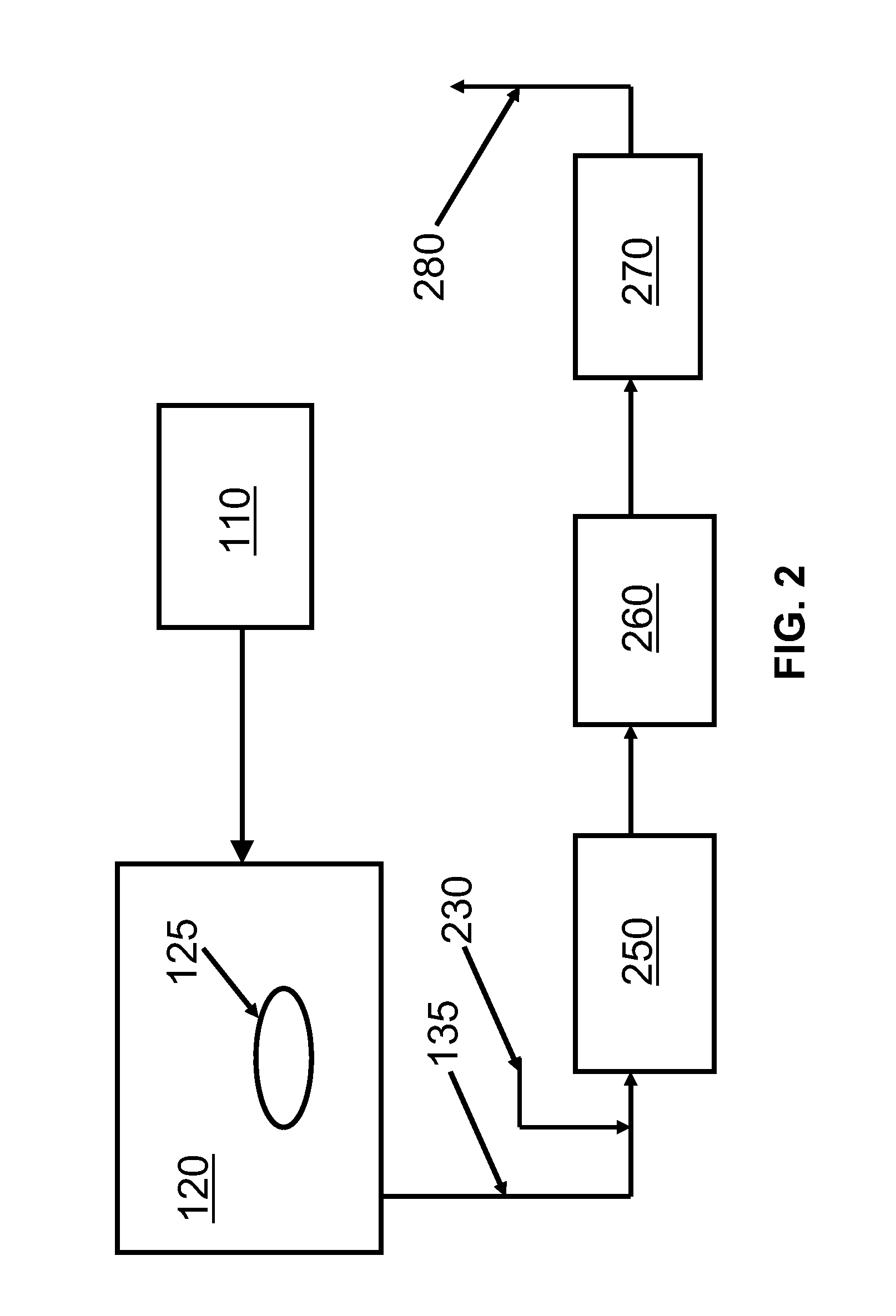Ozone abatement system for semiconductor manufacturing system
a technology of ozone abatement and manufacturing system, which is applied in ventilation systems, heating types, separation processes, etc., can solve the problems of requiring significant maintenance and cost, and affecting the quality of the environment, so as to reduce the ppmv of ozone, reduce the density of caustic materials, and reduce the density of ozon
- Summary
- Abstract
- Description
- Claims
- Application Information
AI Technical Summary
Benefits of technology
Problems solved by technology
Method used
Image
Examples
Embodiment Construction
[0021]Referring to the drawings, FIG. 1 illustrates a schematic diagram of a conventional solution to the ozone abatement for the DNS single wafer processing tool. The ozone is generated with an ozone generator 110 which is provided to a process chamber 120. The ozone is mixed with sulfuric acid and off gases as the wafer 125 is processed. The off gas is exhausted through exhaust ducts 125 to a carbon filter 130. The exhaust ducts 135 may be stainless steel and coated with Halar to prevent damage from the sulfuric acid. The gas passing through the carbon filter 130 is then provided to an acid scrubber 140 to remove any remaining sulfuric acid. The gas is then exhausted through stack 150 into the atmosphere. The carbon filters 130 require maintenance as the ozone and sulfuric acid is absorbed by the filters. This requires periodic replacement of the filter and disposal of the used filters. This may be costly and involve significant manpower. The inventor proposes a solution to this e...
PUM
 Login to View More
Login to View More Abstract
Description
Claims
Application Information
 Login to View More
Login to View More - R&D
- Intellectual Property
- Life Sciences
- Materials
- Tech Scout
- Unparalleled Data Quality
- Higher Quality Content
- 60% Fewer Hallucinations
Browse by: Latest US Patents, China's latest patents, Technical Efficacy Thesaurus, Application Domain, Technology Topic, Popular Technical Reports.
© 2025 PatSnap. All rights reserved.Legal|Privacy policy|Modern Slavery Act Transparency Statement|Sitemap|About US| Contact US: help@patsnap.com



